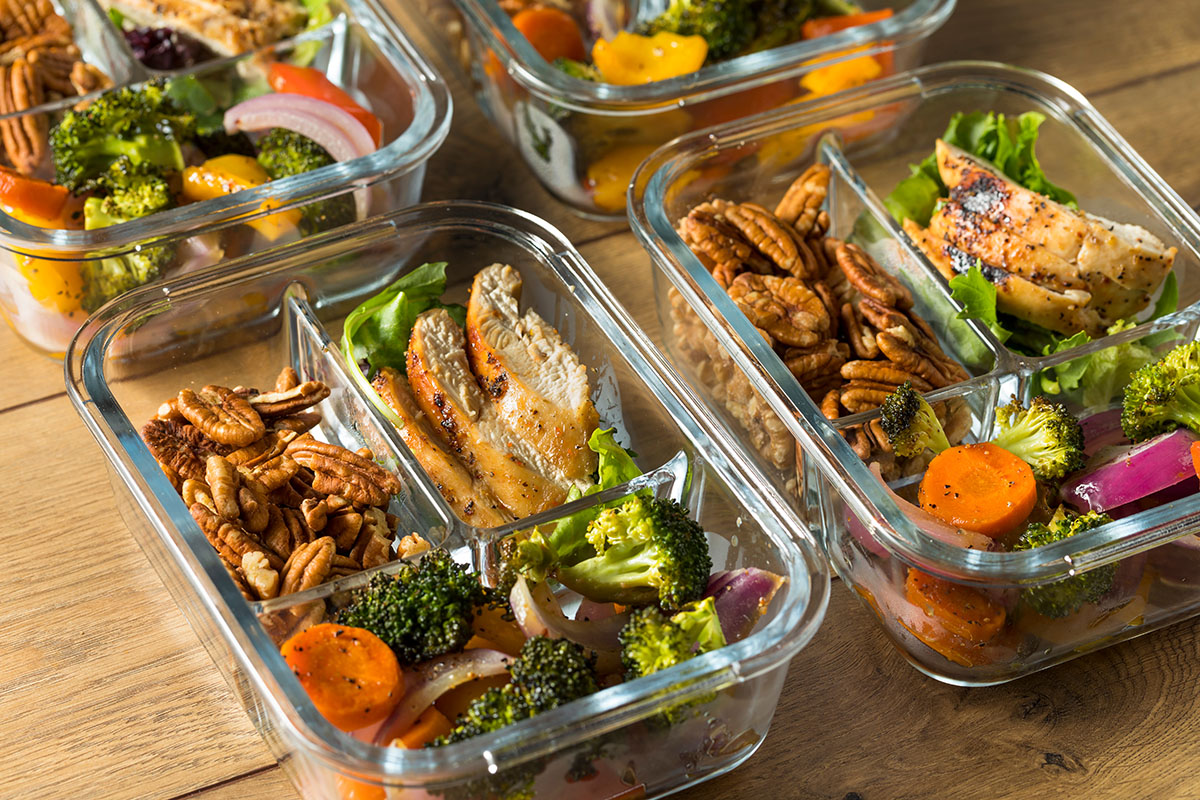Family-friendly meal templates for carb-restricted lifestyles
Practical, family-friendly meal templates designed for carb-restricted lifestyles that keep weeknight cooking simple and flexible. These approaches emphasize low-carb, high-fat components, clear portioning, and batch cooking to support satiety, stable glycemic responses, and easier macro balancing across ages.

Families often need practical frameworks to make carb-restricted eating straightforward without creating separate meals for each household member. A meal template approach reduces decision fatigue, supports consistent macros, and helps maintain balanced plates that are both satisfying and adaptable to different ages and appetites. Templates center on simple building blocks—protein, non-starchy vegetables, and a fat-rich element—so everyone can assemble a plate that matches their needs while sharing the same core components.
This article is for informational purposes only and should not be considered medical advice. Please consult a qualified healthcare professional for personalized guidance and treatment.
What is low-carb, high-fat eating?
Low-carb, high-fat eating emphasizes reducing digestible carbohydrates while increasing healthy fats as a primary energy source. For family meals this often means trading starchy sides for vegetables, adding healthy fats like olive oil, avocado, or nut-based sauces, and keeping carbohydrate portions predictable. Such an approach can change hunger and fullness signals: many people report improved satiety when meals include balanced protein and fats. When planning for children and adults, prioritize nutrient density—leafy greens, color-rich vegetables, and sources of essential vitamins and minerals—to support overall growth and wellbeing.
How to plan macros and portioning?
Practical macro planning for families uses visual cues rather than strict daily tracking. A simple plate split—one part protein, one part non-starchy vegetables, one part fat—helps adults who aim for specific macros while making it easy to scale portions for children. Adults following a low-carb, high-fat pattern might target a higher fat proportion and moderate protein, but individual needs vary by activity level and age. Use measuring cups, palm-sized protein portions, and fist-sized vegetable portions to standardize servings while allowing flexibility for growing kids and active teens.
Meal prep and batch cooking templates
Batch cooking staples reduce nightly cooking and ensure low-carb options are always available. Typical templates include: one batch-cooked protein (roasted chicken, pulled pork, or baked tofu), two vegetable preparations (a raw salad and a roasted vegetable tray), and a flavor element (pesto, herbed butter, or tahini dressing). With these components, you can assemble bowls, wraps using lettuce leaves, or sheet-pan dinners. Meal prep sessions of 1–3 hours once or twice weekly can yield varied weekday meals and simplify portioning for different family members.
Recipes that support satiety and electrolytes
Choose recipes that combine protein, fiber, and fat to enhance satiety across ages. Egg frittatas, hearty stews made with bone broth, and tray-baked fish with olive oil and lemon are filling and easy to scale. Electrolyte balance matters in carb-restricted diets; include foods like salted broths, leafy greens (potassium sources), and mineral-rich nuts or seeds. For many, emphasizing natural food sources of sodium and potassium alongside adequate hydration helps mitigate transitional symptoms without automatically relying on supplements—consult a clinician if specific support is needed.
Managing glycemic response and insulin
Carb-restricted plates generally produce smaller post-meal glycemic spikes, which can moderate insulin responses for many family members. For those who need stable blood glucose—such as individuals with insulin sensitivity—pairing modest carbohydrate portions with protein, fat, and fiber is especially useful. Favor lower-glycemic vegetables and whole-food carbohydrate sources when included, and observe individual responses since children and adults differ in sensitivity. Monitoring and modest adjustments can help maintain stable energy levels without eliminating familiar foods entirely.
Supporting fat adaptation in family meals
Fat adaptation—the gradual metabolic shift toward using fat for fuel—occurs at different rates for each person. Families can facilitate this by offering consistent low-carb, high-fat meals and snacks that align with the meal templates: cheese sticks, boiled eggs, avocado slices, and full-fat yogurt can all serve as transitional snacks. For children, make changes gradually so flavors and textures remain familiar; this reduces resistance and supports steady satiety. Over time, predictable macros and balanced meals help smooth energy fluctuations and support longer periods between meals.
Conclusion A family-friendly, template-based approach to carb-restricted eating simplifies meal planning and keeps nutrition balanced without creating separate menus for each household member. By focusing on low-carb, high-fat building blocks—protein, non-starchy vegetables, and a fat-rich element—families can use meal prep and batch cooking to save time, improve portioning, and support steady satiety and glycemic responses. Thoughtful recipes and attention to electrolytes and individual needs help make this approach practical and sustainable across ages.



